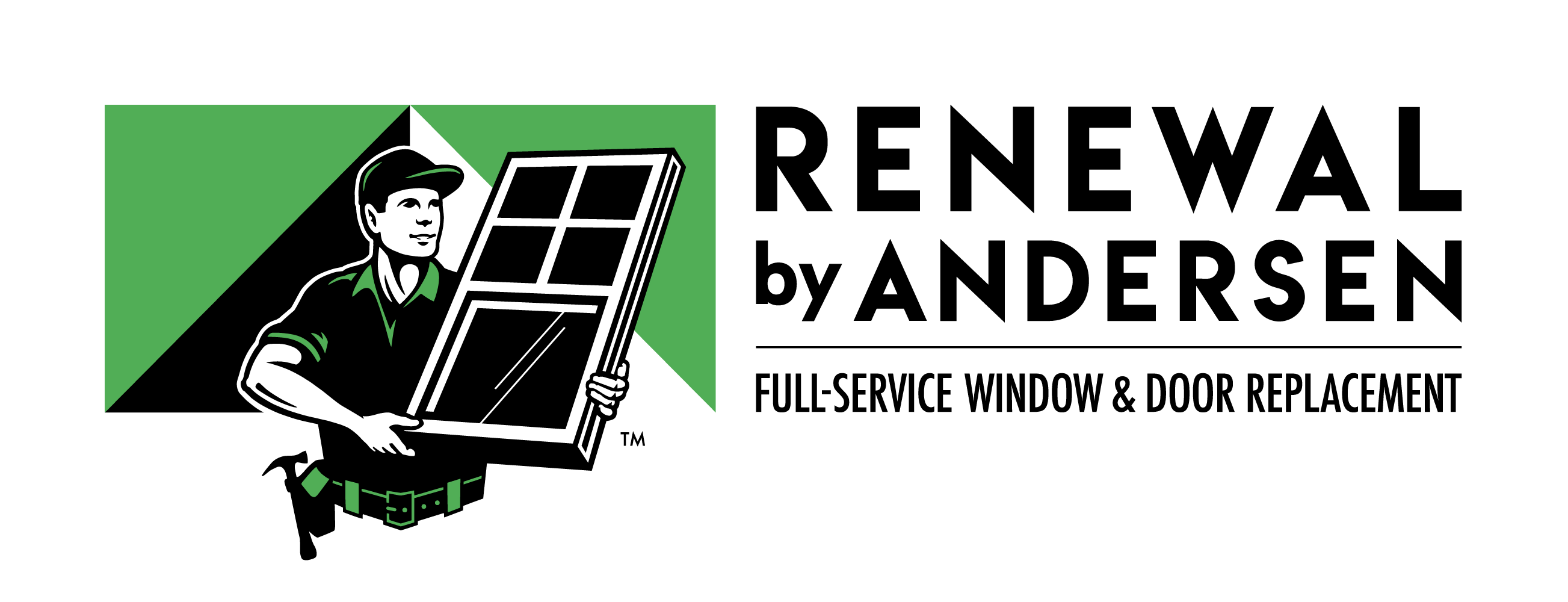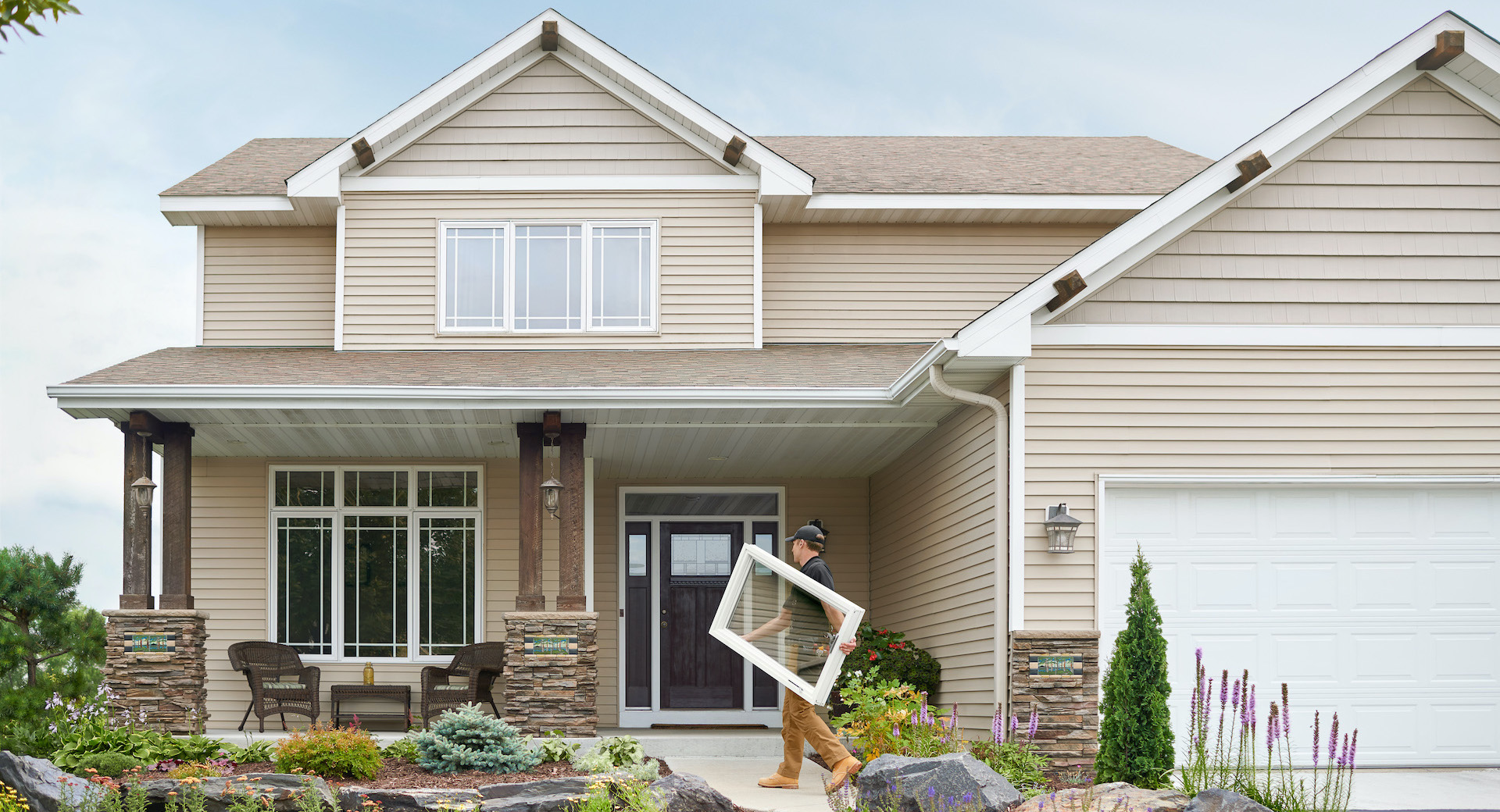02 Feb When You’re Throwing Your Money Out the Window: Energy Loss and Efficiency
We’ve all been there — throwing open the windows in cooler weather to lower the cooling bill and, conversely, shutting them as tight as possible to fend off the heat in summer.
But regardless of how you handle the outdoor climate, there are more factors to take into consideration in terms of your overall energy bill.
The efficiency of your windows, for example, is a common culprit of energy loss, regardless of whether they’re left open or closed.
The Cost of Energy Loss
Heat transfer through windows accounts for approximately 30% of energy loss in the average home, as reported by the U.S. Department of Energy. Thus, higher energy bills associated with old or poorly-made windows are hardly an isolated phenomenon.
But what, exactly, might that look like if it were quantified according to where you live?
In breaking it down by region, research conducted by Energy Star indicates that residents in the southern zones of the United States, like Florida, can save approximately $126 annually (or up to 17%) simply by replacing and updating their double-pane windows.
What’s more, those who replace and update their single-pane windows can save even more — up to $280 a year, in fact, or about 31% of their overall energy cost.
The Breakdown Behind the Bill
You know windows can put a dent in your energy bill, but do you know how or why? Simple: it all comes down to science.
Two of the primary factors involved in estimating the efficiency — or lack thereof — of a window include the product’s U-factor and solar heat gain coefficient (SHGC). In layman’s terms, U-factor measures the ability of a window to prevent heat from escaping, whereas SHGC measures the product’s overall ability to block the sun.
Thus, when a window’s glass does not retain heat or block direct sunlight well, it is considered “inefficient.” Moreover, the older a window is, the less likely it is to exhibit these properties.
But the glass of a window isn’t all that matters. Even if the surface materials are optimized, a window will still contribute to energy consumption and loss if there are cracks and air leaks around the frame, allowing heat and cool air to escape or enter regardless.
For this reason, it’s imperative that a window replacement involves proper installation and management of the frame itself.
Installing New Ideas
The good news is that you never have to be stuck with old, inefficient windows. Not only can you replace your windows with new materials, but you can also seek out newer, more technologically-advanced window models.
“There have been significant technological developments over the last 10 years involving low emissivity (low-e) coatings on the glass,” the National Fenestration Rating Commission (NFRC) explains. “There are now many glass products available with these low-e coatings, which are typically used in dual pane windows and insulating glass units.”
For example, Renewal by Andersen® of Florida offers revolutionary High-Performance™ Low-E4® SmartSun™ glass, which is designed to both perform more efficiently than a standard dual-pane window and protect against 95% of damaging UV rays.
Don’t wait for your windows to cost you a pretty penny when you can save more with certified solutions provided to you by Renewal by Andersen® of Florida! To learn more or schedule a free consultation with our expert team, contact us today by calling (855) 830-2420.

